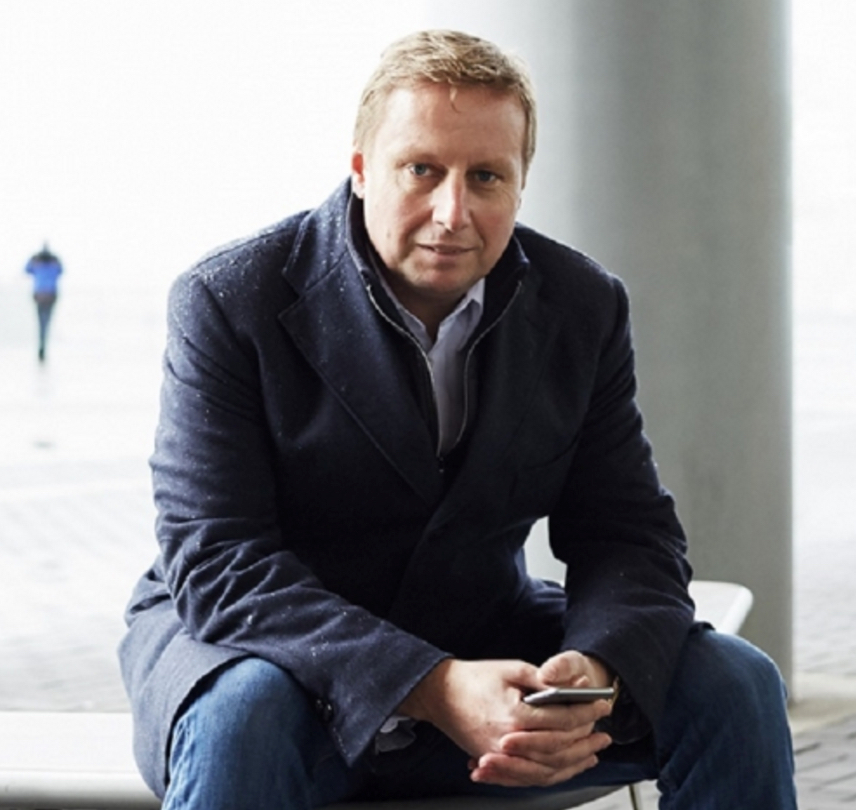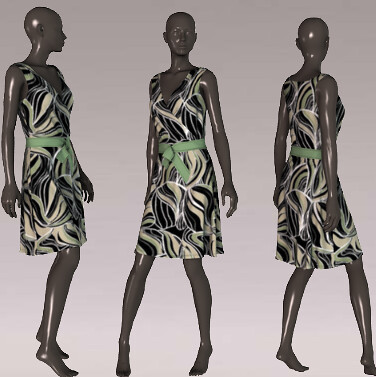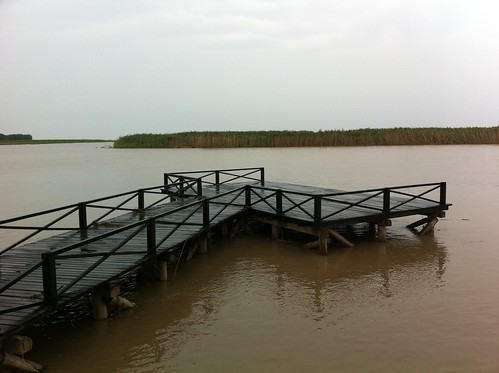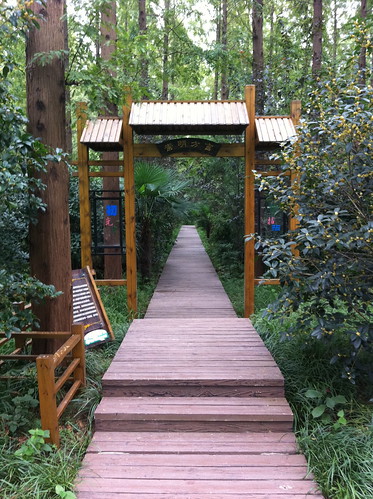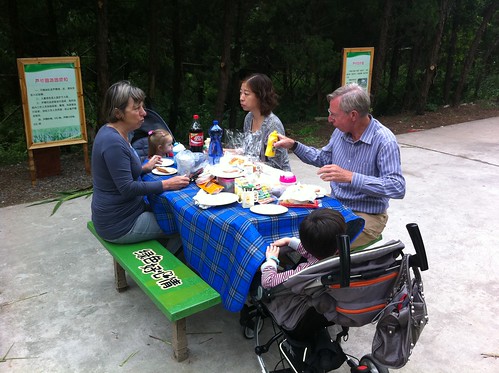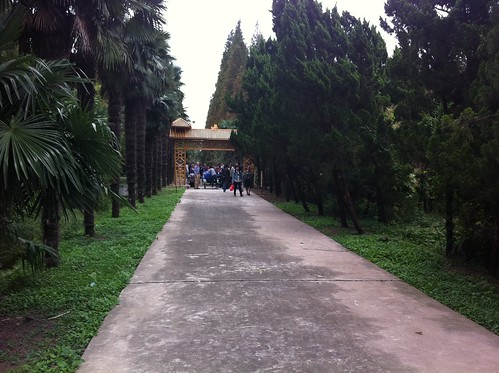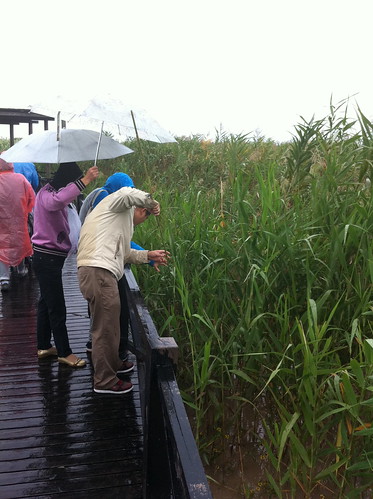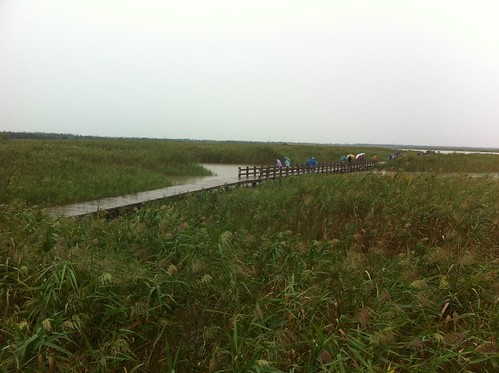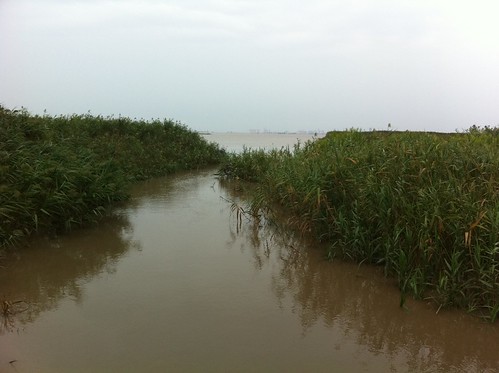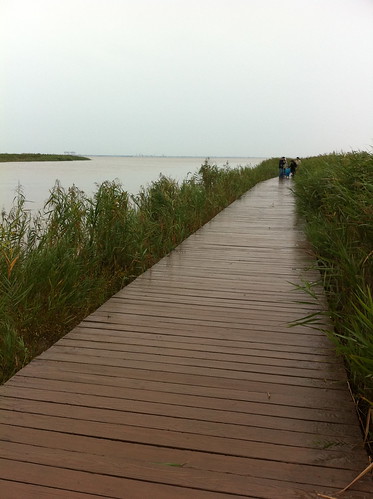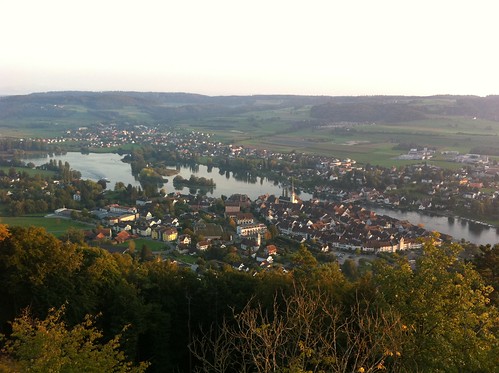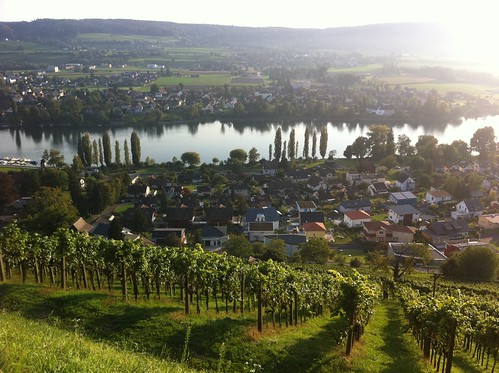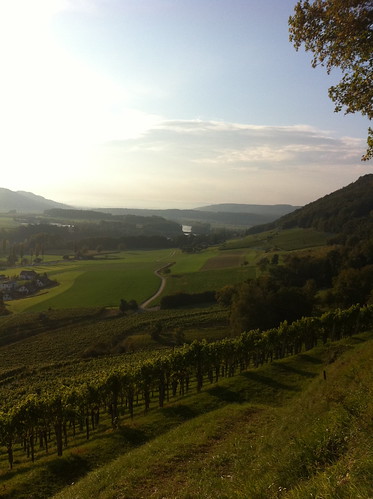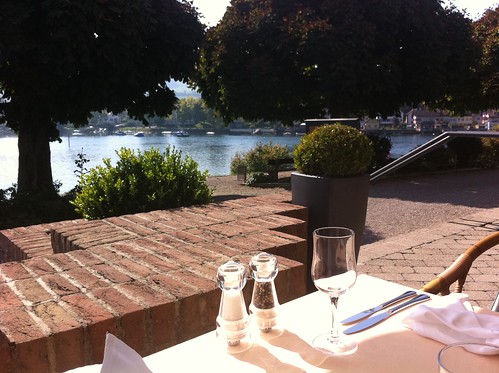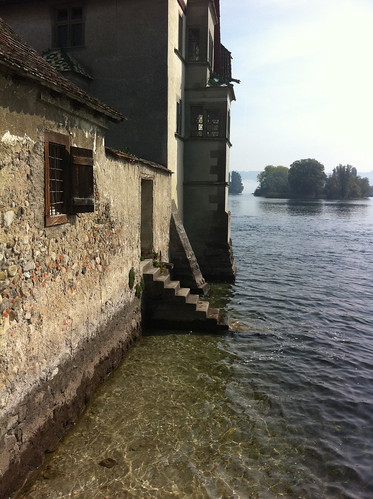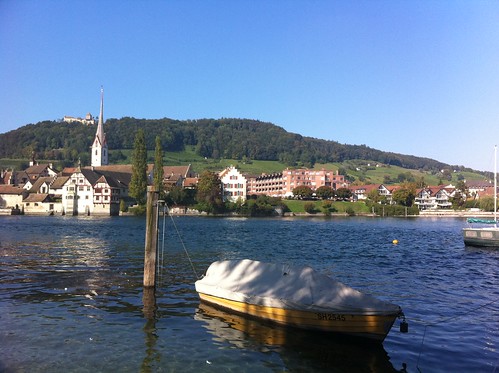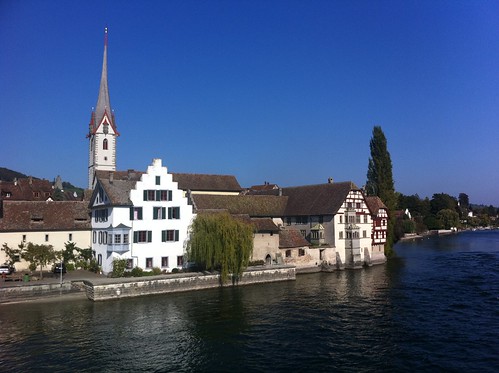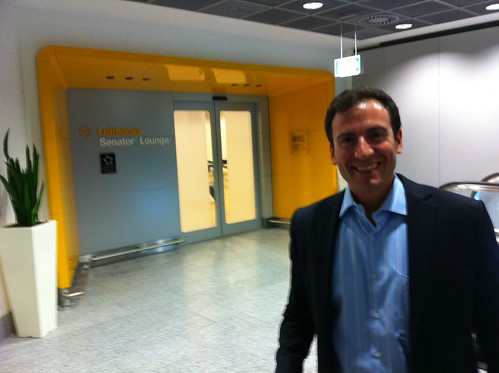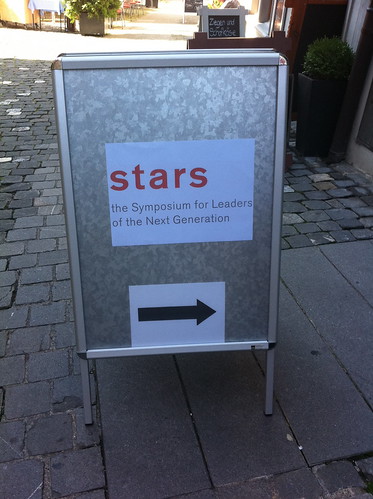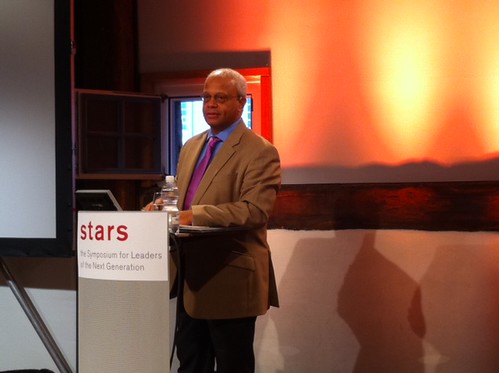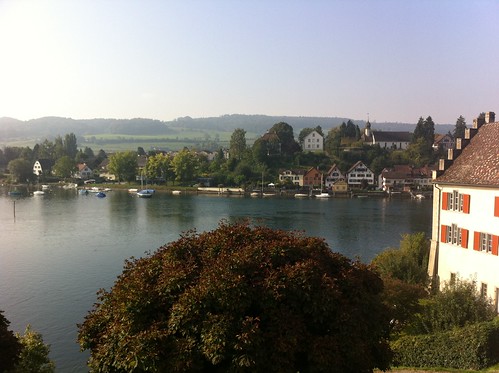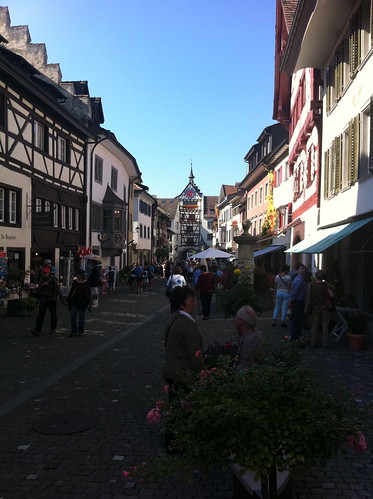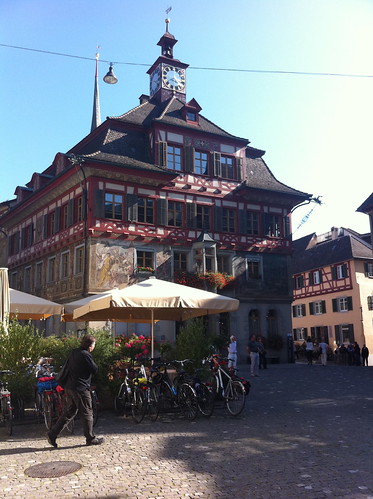(Quickly writing this in the lounge before boarding a plane, hope not too many grammar/spelling mistakes)
This morning I did a radio interview with Dutch station Business News Radio (BNR). The topic was the interest that Alibaba has shown in taking over Yahoo. When I first read about Jack Ma’s speech at Stanford last week where he mentioned this, I was a bit surprised. But like I mentioned during the program, now I think it is actually quite logical. Here some of my thoughts on this potential deal.
Back in 2005 Yahoo took a 40% stake in Alibaba for a total amount of over USD 1 billion plus the “rights” for Alibaba to run Yahoo China. A huge number at that time, but a very smart decision because the share is worth a lot more these days. So much more that a few months ago the total value of Yahoo was almost the same as its stakes in Yahoo Japan (where they set up a JV with Softbank) and in Alibaba. Yahoo helped Alibaba to grow with its investment, and Jack Ma knows this. But now the tables are turned and Yahoo is in trouble. Alibaba wanted to buy back its share in Yahoo for a while already, but Yahoo did not want to sell. Now Alibaba has the chance to get back its shares by buying (part of) Yahoo.
Not trying to take a share might actually be dangerous for Alibaba, because then Alibaba has to wait and see who will take over Yahoo (in case it should be sold) and they may get a new shareholder on board that they don’t want to have. So in a way Jack Ma may even be forced to be involved in this deal.
But there is more. By buying Yahoo or taking a big stake in it, Alibaba can enter the US market. I think Alibaba wants to grow outside of its homebase of China, and this may be a great way to kickstart that. Alibaba was the reason that Ebay never succeeded in China, despite investing tons of resources. Now Alibaba wants to fight with Ebay on Ebay’s home turf. Jack Ma even announced that he plans to live in the US for a year, I don’t think he would do that just to buy a share in Yahoo.
But Alibaba likely can’t do it alone, even if it wants to buy Yahoo completely they probably can’t finance it. So they will need partners, and it seems both Silver Lake (a PE fund) and the Russian DST fund are joining Alibaba in a consortium. Seems like a good combination to get Yahoo back on track to me.
But even if they manage to put a bid together that gets accepted by the shareholders, I think there will be a problem: The US government. I don’t think they will like a Chinese company to take control of one of America’s biggest online properties, with a huge database of emails and credit card details, plus one of the biggest search engines. It won’t be the first time they block a deal (think Huawei trying to buy 3Com), and I would not be surprised if a Alibaba/Yahoo deal would be blocked in the same way. For more background on this, see also this article on Digicha.
It would be good for Yahoo to get some new entrepreneurial blood into its veins, whether it’s US, Chinese or Russian. They have some great assets that they are totally neglecting, for example Flickr.com. I love the photo site despite there being no real changes in the past years. As an entrepreneur in China I’ll be following this story with interest.
